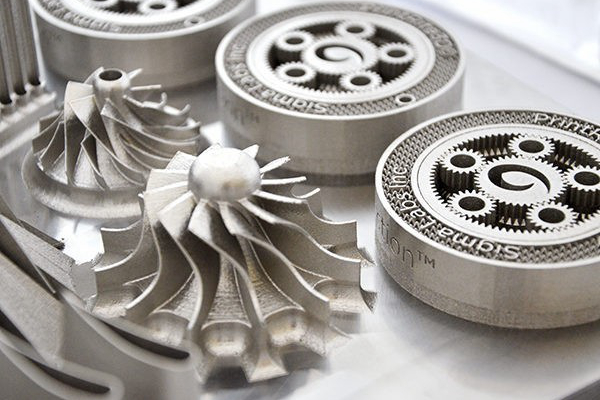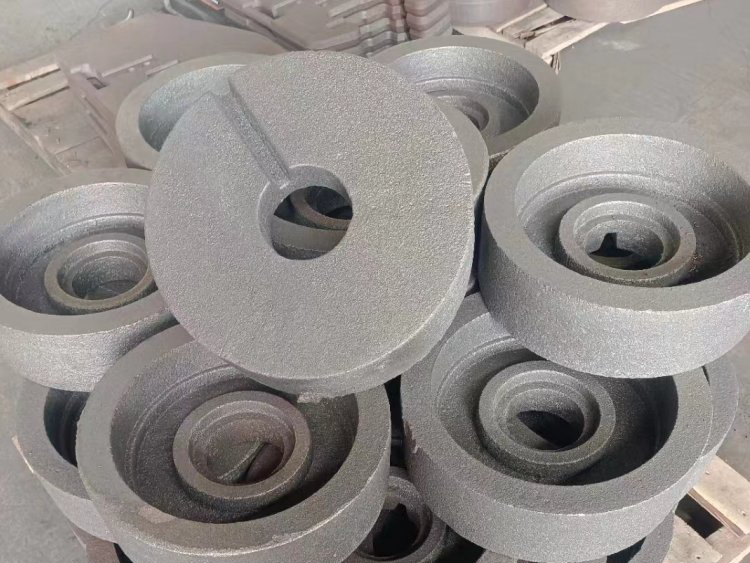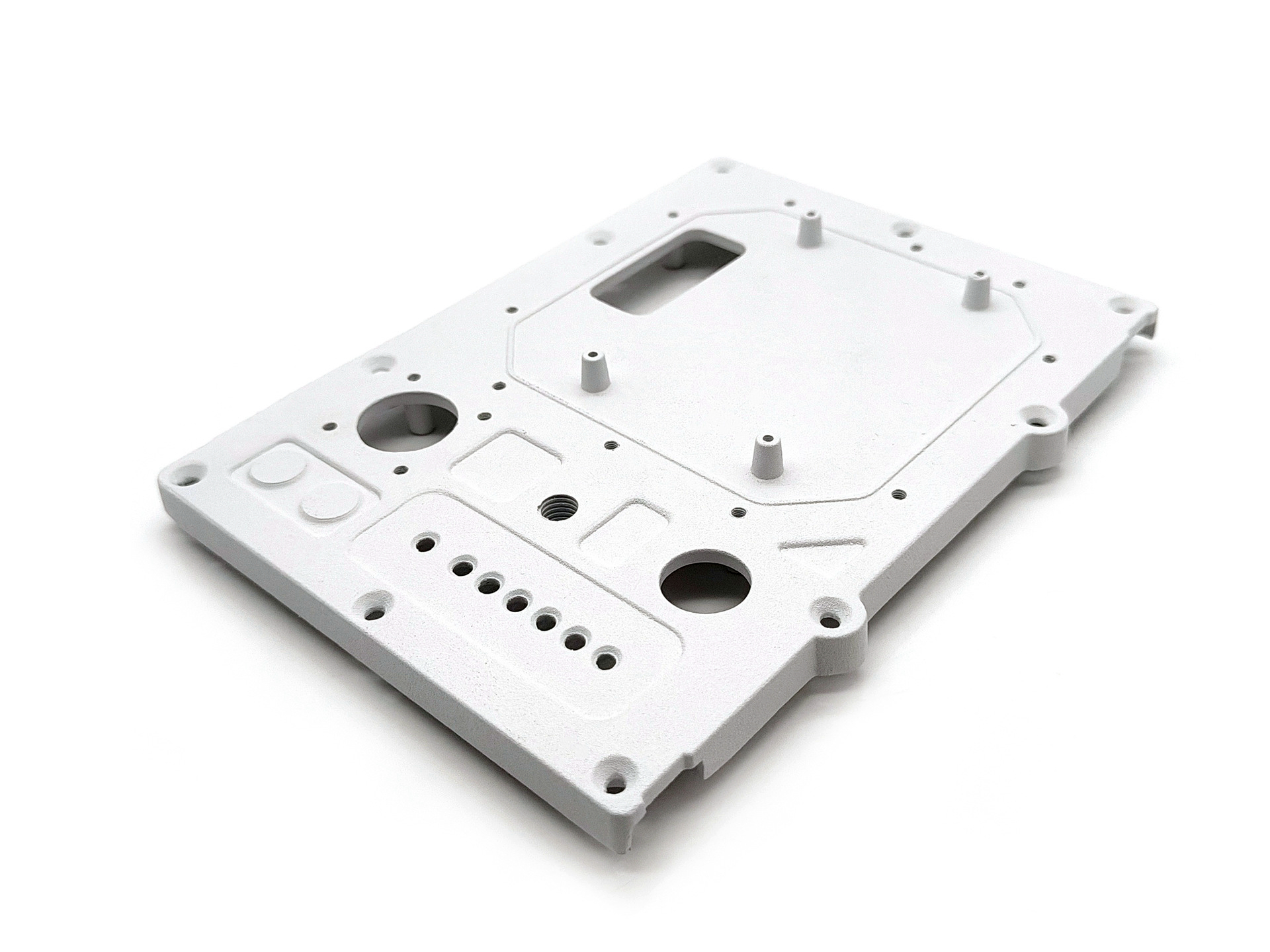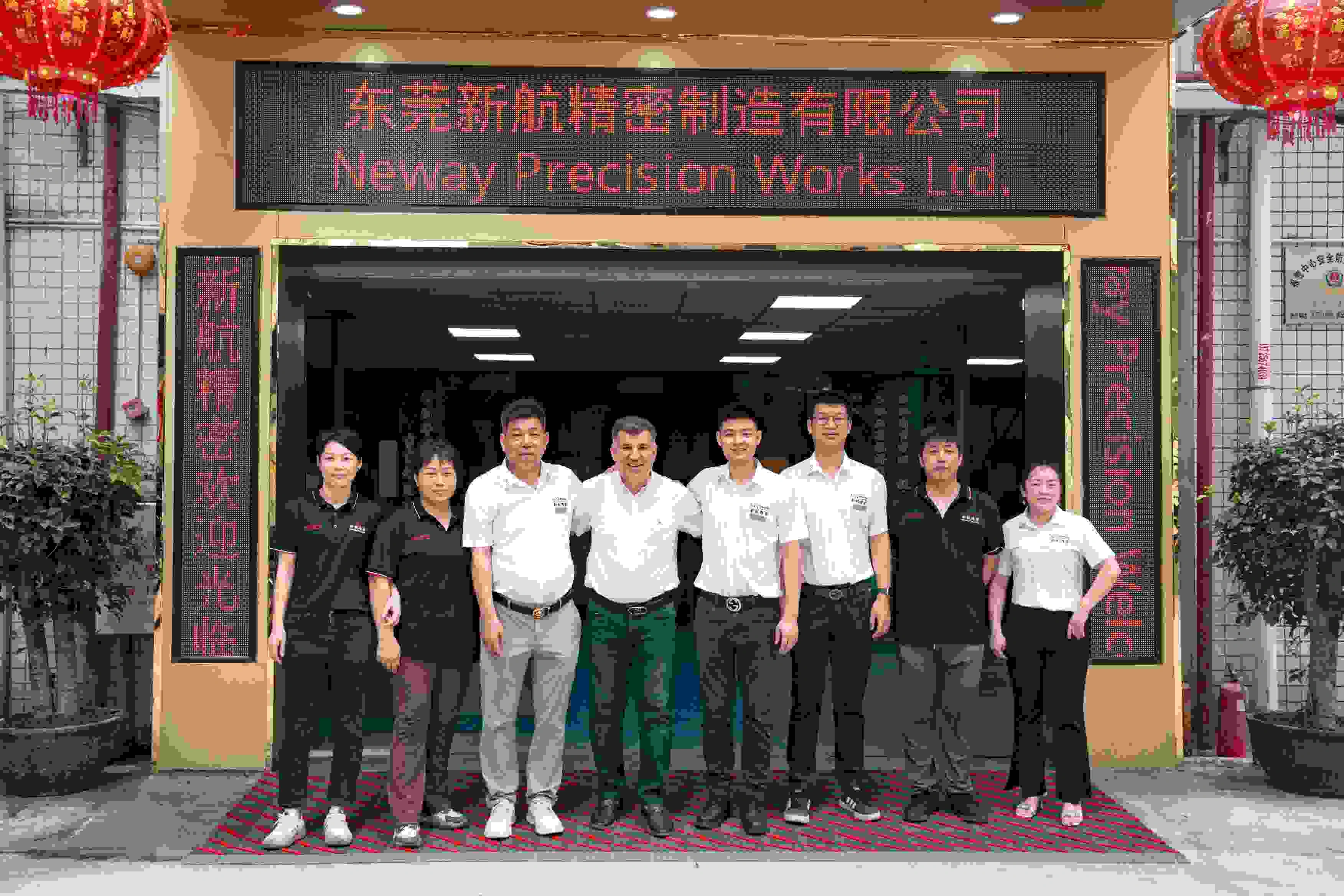How does die casting compare to forging or machining for aircraft parts?
How Does Die Casting Compare to Forging or Machining for Aircraft Parts?
Key Differences in Process Characteristics
When selecting a manufacturing method for aircraft parts, it’s essential to consider mechanical performance, dimensional precision, cost, and production volume. Die casting, forging, and machining each offer unique advantages and limitations depending on the specific component application within the aerospace sector.
Parameter | Die Casting | Forging | Machining |
|---|---|---|---|
Process Type | Near-net shape forming via molten metal injection | Plastic deformation under pressure | Subtractive manufacturing from solid billet |
Strength | Moderate (up to ~300 MPa for alloys like A360) | Very high (up to 1000 MPa for forged aluminum/titanium) | High (depends on base material) |
Tolerance Accuracy | ±0.05–0.1 mm | ±0.2–0.5 mm (post-machining often needed) | ±0.01 mm (excellent with CNC) |
Surface Finish | Excellent (as-cast) | Rough (requires finishing) | Excellent (machined) |
Material Utilization | High (minimal waste) | Moderate (flash and trimming loss) | Low (significant chip waste) |
Cost Efficiency | High for volume production | Expensive dies, moderate part cost | Expensive for complex geometries or large parts |
Die Casting for Aerospace Applications
Aluminum die casting is particularly advantageous for producing complex, thin-walled, lightweight aerospace components like:
Housings for avionics and sensors
Non-structural brackets and mounting elements
Heat-dissipating enclosures and covers
It allows the integration of multiple features into a single part, reducing assembly time and weight.
However, die casting is not typically suitable for primary load-bearing structures such as landing gear or wing components, which demand the grain flow and fatigue strength offered by forging.
Forging for Aerospace Applications
Forged parts, especially in high-strength aluminum or titanium, are used where structural integrity, fatigue resistance, and impact strength are critical. Common forged components include:
Landing gear components
Structural frames and supports
Turbine disks and shafts
Forging aligns the grain flow along the shape of the part, significantly enhancing mechanical properties compared to cast or machined parts.
Machining for Aerospace Applications
Machining is used where:
Tight tolerances (±0.01 mm or better) are mandatory
Low volumes or highly customized parts are required
Parts cannot be cast or forged due to geometry or material constraints
It’s frequently employed for finishing forged parts or creating precision components from high-performance aluminum alloys or exotic materials.
Recommended Manufacturing Services for Aerospace Parts
To meet different aerospace part needs, Neway provides:
High-Precision Metal Casting
Aluminum Die Casting: Ideal for lightweight, complex aerospace components with integrated features.
Advanced CNC Machining
CNC Machining: Achieve micron-level precision for critical fit and assembly parts.
Engineering Support and DFM
Die Casting Engineering: Evaluate material and process fit for aerospace applications.
Rapid Prototyping: Validate part performance before production.
With our one-stop service, aerospace clients can balance performance, precision, and cost through optimal process selection and execution.



